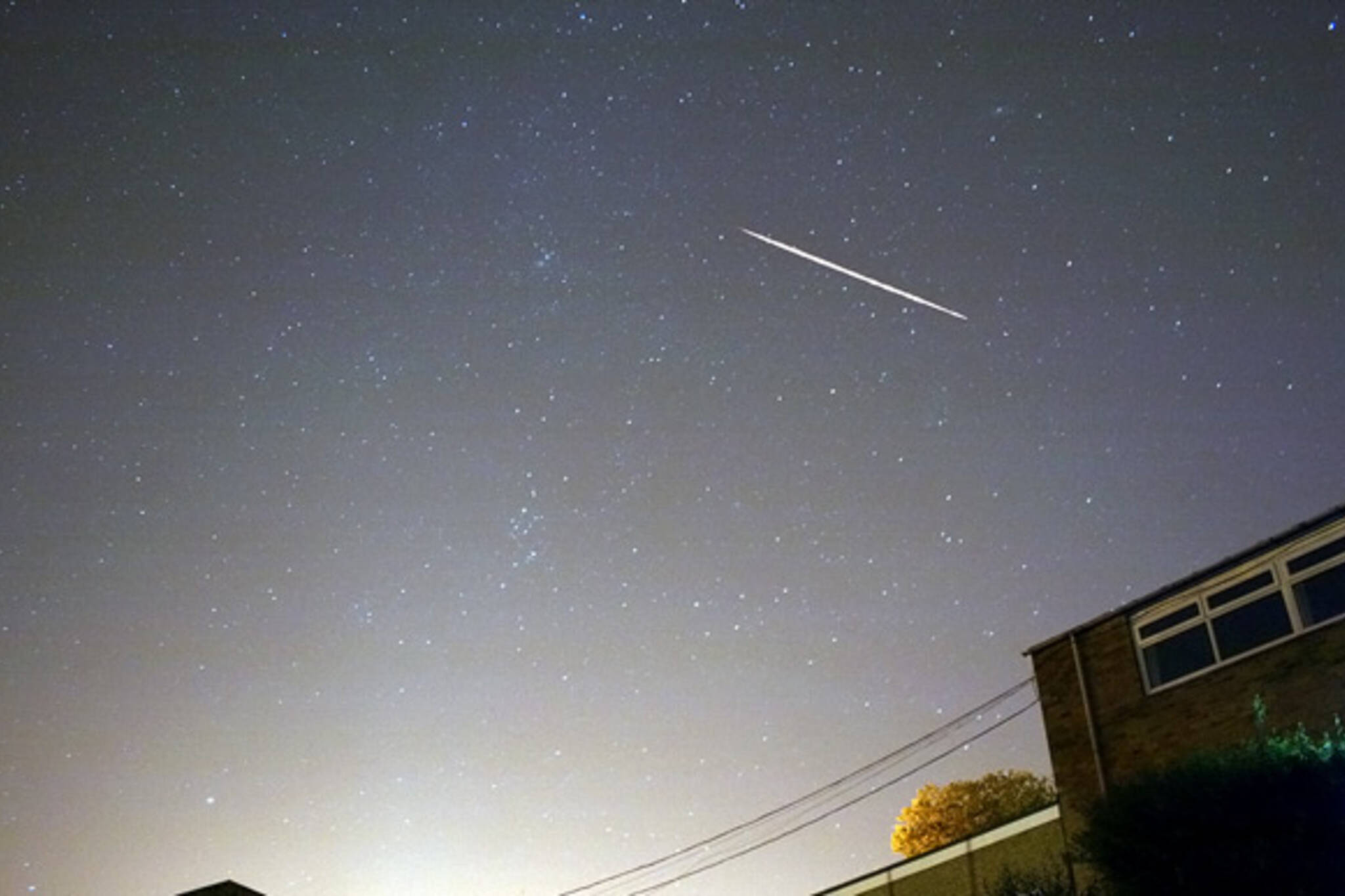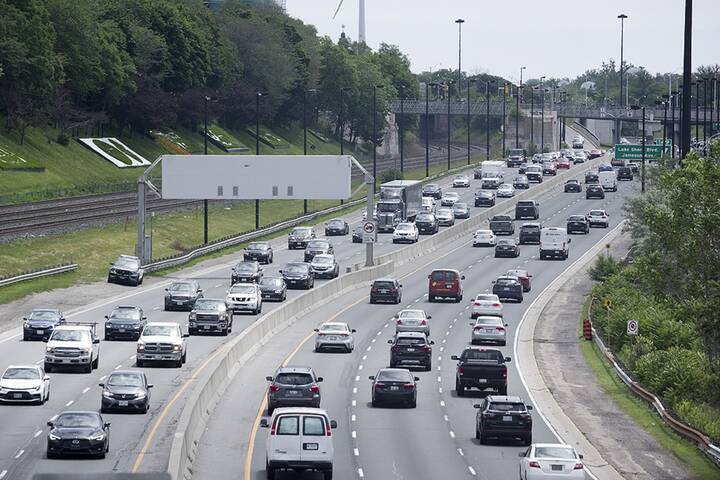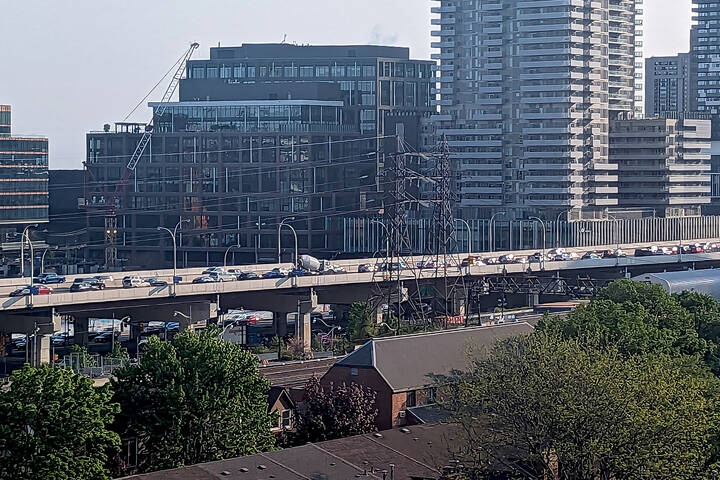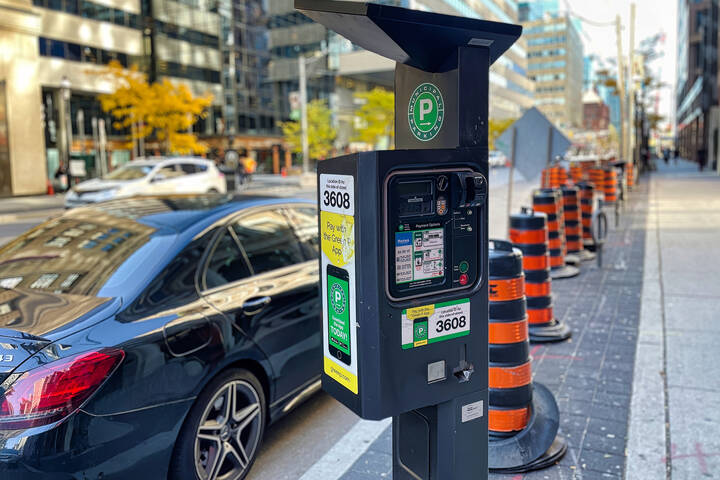
The Leonids Meteor Shower 2009: Are You Ready?
The 2009 edition of the Leonids meteor shower is set to grace the overnight sky, and if predications are accurate, those willing to escape the light pollution of downtown Toronto should be in for a pretty good show.
Meteor activity will be visible between midnight and dawn on November 17th and in a diminished capacity early tomorrow evening. Of these times, the best bet for increased activity is around 4 a.m. EST. With ideal viewing conditions expected, between 20 and 30 meteors an hour may light up North American skies.
But where exactly should you look?
Annual meteor showers are named after the constellation from which they appear to originate. As is to be expected, then, the Leonids radiant point is the constellation Leo, which from the GTA appears towards the east. More specifically, and as amateur astronomer and podcaster Gregg Paris explains, "Most people in the Northern Hemisphere can find the Big Dipper, an asterism in Ursa Major. Just imagine the dipper is leaking. Below it, getting dripped on, is Leo, the lion constellation."
But, thankfully, for those of us not up on our stargazing it's not critical to fixate on the radiant point. In fact, experts recommend that you find an open viewing area, lie back so that the horizon line is in your peripheral vision, and try to take in the whole sky. If and when a meteor enters your vision, its movement should immediately draw your attention to it.
Just how far out of the city do you need to get? That depends on how desperate you are to see multiple meteors. The brightest (and hence biggest) meteors should still be visible from areas that suffer from some light pollution, but this reduced visibility also means that far fewer than 30 will be seen an hour. And staring at the sky for 20-25 minutes with no activity (and no guarantee of activity) can make for a pretty boring experience.
Your best bet is to head to an area just a touch north of the city. Locales beyond
Markham (reached via the Don Valley Parkway/404) would certainly suffice. Still too far? If you can get to the roof of a high-rise apartment building that's north of York Mills Rd., you might still be in luck.
Of the annual meteor showers, the Leonids is one of the least consistent. The result of the Earth passing through a debris field left by the comet Tempel-Tuttle, major peaks of activity have historically coincided with the comet's 33 year orbit around the sun. The storm of 1833 is reported to have produced 100 000 meteors an hour!
Although 2009 won't come anywhere close to that, if last year's storm is any indication, we should see above average activity. The Earth will once again pass through the debris field left by the comet's stream in the year 1466, which astronomers believe is rich with meteoric material.
Oh, and remember, don't use binoculars! The key is to take in as much of the sky as possible so as to increase your chances of seeing these "shooting stars."
Photo of Perseids Meteor Shower (2007) by St. Boniface's Catholic College of Flickr.
Latest Videos
Latest Videos
Join the conversation Load comments







